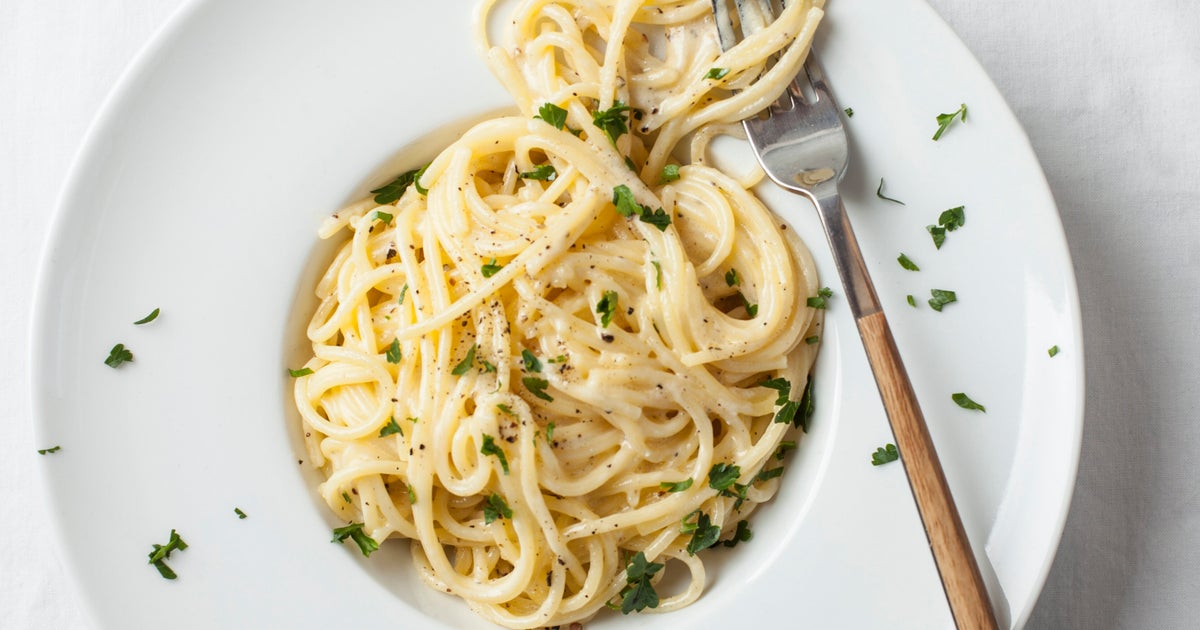
7 'Italian' Dishes That These Native Italian Chefs Will Never Order
HuffPost
So long, fettuccine Alfredo, garlic bread and Italian dressing. "I wish I could use a hand gesture to show how wrong it is!”
If you’ve ever headed to a restaurant in the Little Italy section of an American city and sat down at a checkered tablecloth, there’s a good chance the dish you ordered wasn’t Italian at all. Instead, it likely fell into a culinary category known as “Italian American.” Beloved dishes like chicken Parmesan, baked ziti, and basically the entire Olive Garden menu all qualify as Italian American. This cuisine focuses on dishes invented by Italian immigrants using ingredients readily available in the United States.
“When Italians began to immigrate to the U.S., most hailed from poor, rural backgrounds and their cooking was leaner with few ingredients, dishes were mostly vegetarian, and they basically used whatever was available to them,” explained Gennaro Contaldo, a celebrated London-based chef and cookbook author best known for mentoring Jamie Oliver during his Italian cooking education. He explained that when Italian immigrants made it to the United States “and saw the abundance of ingredients available to them, the dishes they had learned to cook back home began to stray from the ‘cucina povera’ into a richer, often meatier cuisine.”
Let’s be clear: Many people love Italian American cuisine and believe this type of dining created by Italians in the U.S. is completely authentic to its own history, its own creators, and its own culture. Giuseppe Gentile, executive chef of L’Antica Pizzeria da Michele in Naples, Italy, and its four U.S. locations in California and New York, also understands the appeal of Italian American cuisine, acknowledging that these dishes “seem to be more comforting in some ways” than many dishes created in Italy proper.
That said, if you want to dine the way Italians do in their home country, it’s important to understand that Italian cuisine follows very different rules than its Italian American counterpart. “The principle of Italian food is freshness. We like to keep recipes simple and want the customer to taste the ingredients, not have them camouflaged by heavy butter and cream,” explains Pietro Gallo, executive chef and co-owner of Civico 1845 in San Diego.
Giuseppe Gaeta, executive chef of Cipriani Las Vegas, also points out the importance of fresh and local ingredients to Italian food. “We grew up eating what the field would provide that season in addition to what you farmed, hunted and fished,” Gaeta said. “By utilizing fresh ingredients, the flavors are more intense. Everything has a purpose.”













